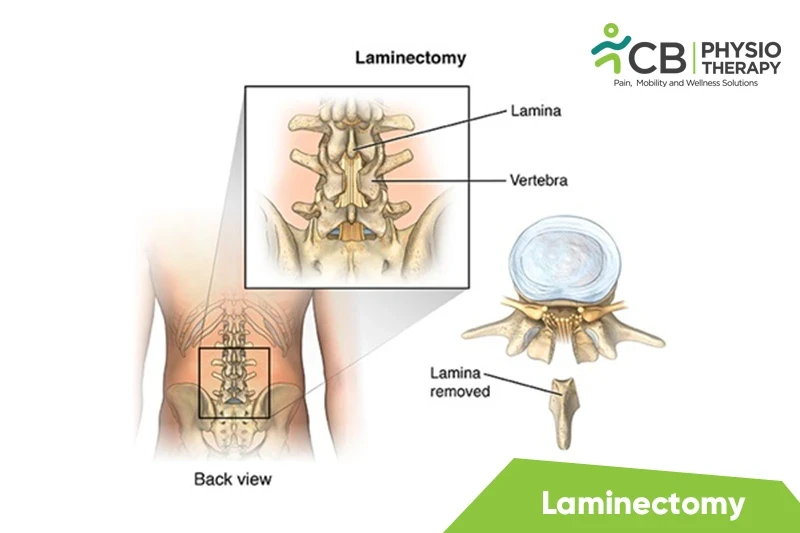Rest:Excessive mobility and stress on the tissues should be avoided to enhance healing.
Cryotherapy:Ice therapy or cryotherapy may be used to help decrease swelling and pain at the surgical site and should be applied for 20 minutes several times a day.
Thermotherapy:Heat therapy or thermotherapy is used to help relax muscles and improve circulation around the back.
TENS:Transcutaneous electrical stimulations may be used to help control pain.
Scar massage:Scar massage relieves tightness around the surgical incision, and scar mobilization techniques are recommended.
Collar:For the first 6 weeks, a multilevel fusion hard collar is recommended.
Breathing exercises:Breathing exercises include diaphragmatic breathing, which involves lying straight on the back and with hands on the stomach practice diaphragmatic breathing. This breathing exercise involves breathing in from the nose and breathing out from the mouth.
Assistive devices:Assistive devices help prevent falls, promote comfort, and avoid certain back movements. Examples are a shower stool and rails, a reacher/grabber an elevated toilet seat, slip-on shoes, etc. A cane or walker for a short time after surgery can be used for comfort and stability
Range of motion exercises:Simple spinal exercises are done to maintain mobility and also reduce the risk of secondary complications such as blood clots, increased pain, and infection. Ankle pumps prevent the formation of clots, hence doing ankle pump exercises helps prevent clotting and regulate blood circulation in the legs. This further prevents muscle shortening and improves muscle flexibility. Bending and twisting, lifting, pushing, and pulling 5kgs or more for two weeks should be avoided. Other exercises like shoulder rolls, and shoulder shrugs. Scapular retraction and depression are also recommended.
Strengthening exercises:Strengthening exercises involve isometric exercises for the upper extremity and lower extremity. Exercises with weight and resistance are done for strengthening, progressing to weight bearing, balance, Swiss Ball, Reformer, etc. Other examples are chest press, pull down, shoulder shrugs/rolls, seated rows, and incline push-ups. Exercises like glutes and quads exercises, enable the muscles to pick up accurate weight while physical movement so that there is the least stress on the back.
Stretching exercises:Stretching exercises like quadriceps, hamstrings, calf, hip flexors, gluteal, multifidus, transverse abdominus, etc, without tilting the pelvis.
Posture and balance training:The patient is given balance training and advised to emphasize correct posture by maintaining and doing exercises for the same. Advised to limit sitting, including in the car, to no more than 30 minutes at a time (standing/walk breaks).
Mobilization:Soft tissue mobilization to decrease guarding and joint mobilization over restricted joints is done to increase the movement.
Cardiovascular exercises:These exercises include cardiovascular training, running, stationary bike, and treadmill. etc.
